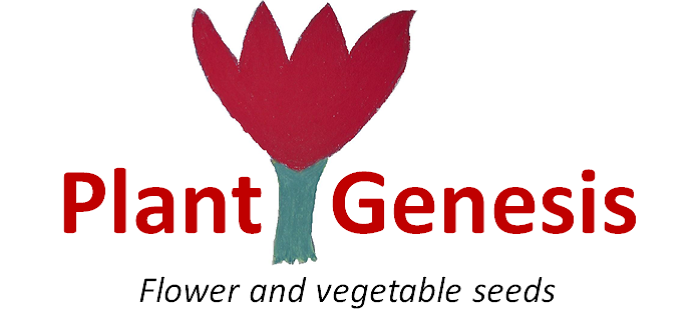Citronella Grass is a culinary and traditional medicinal grass. The leaves and stems are used in cooking and for making herbal tea. Plants grow to a height of about 1.5m with arching, blue-green lemon-scented leaves. There may be small sprays of brown-pink flowers in late summer but they often do not appear in cultivated plants.
Citronella Grass can be grown in pots or directly in the garden. They grow best in sun and most well drained soils, with regular water. The plants are killed by frost, so they can be grown as annuals or grow in pots and bring indoors over winter.
Pack of approx 200 seeds. Sow the seeds anytime or in winter/spring if growing as an annual. Germination can be erratic, so sow more seeds than you need. Sowing instructions and a colour photo are printed on the packet.
See how your seeds are packed.
